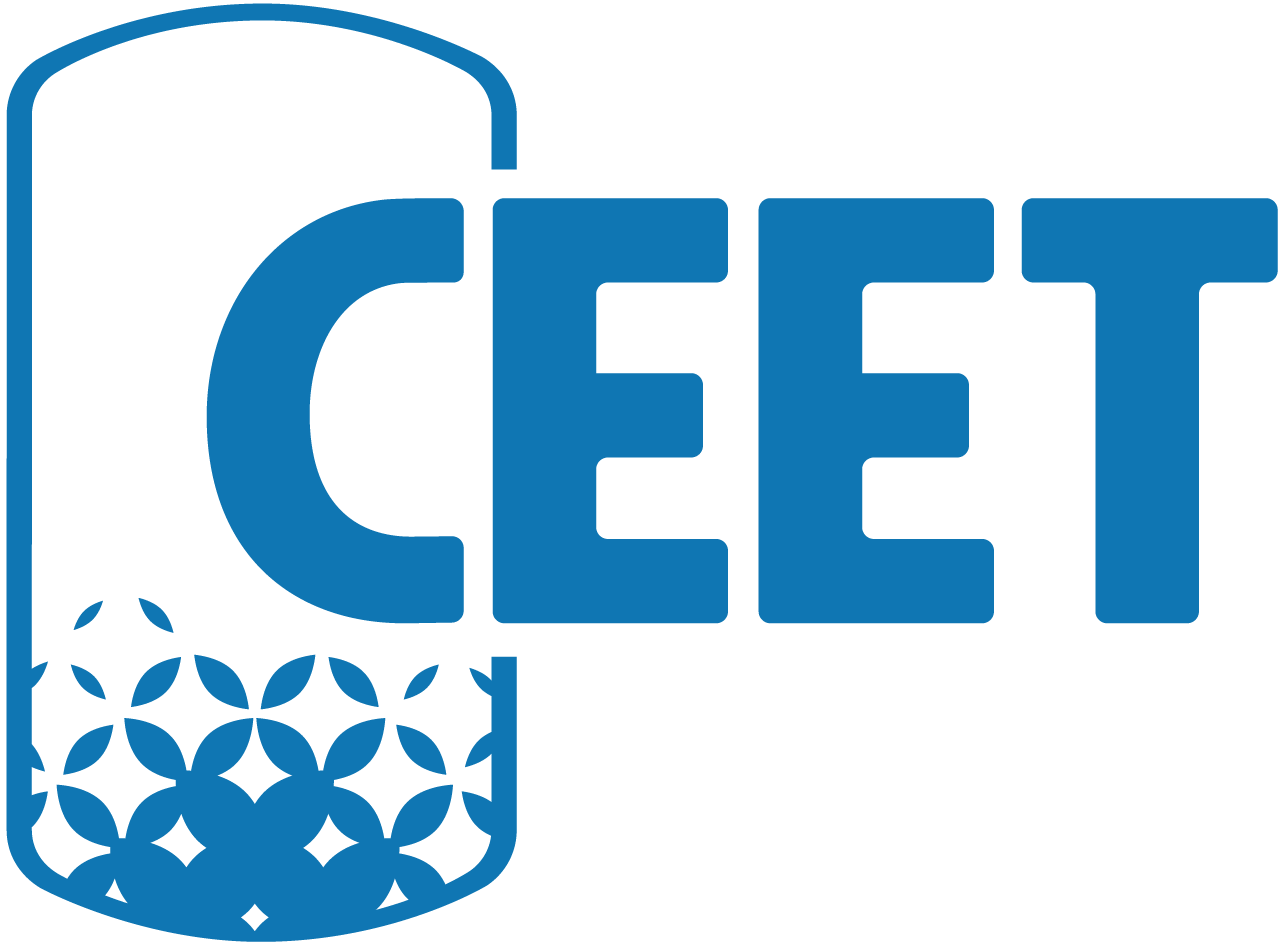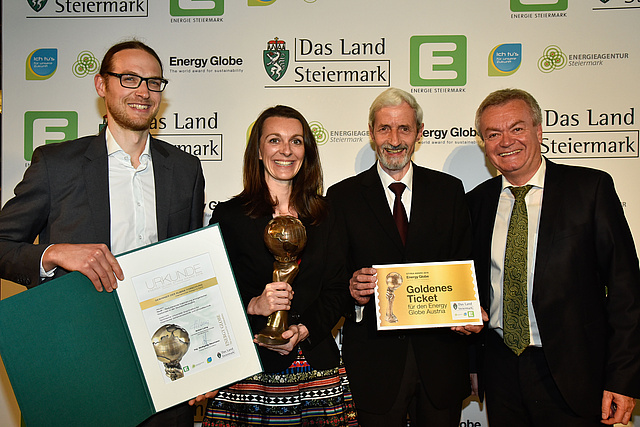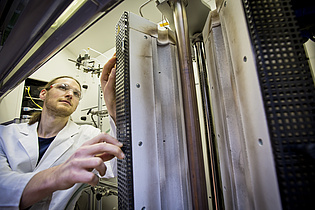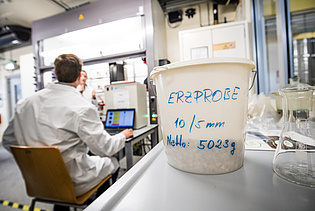RedK - Recductive calcination
Inorganic carbonates find wide application in industrial processes. An important application is the production of iron from iron carbonate ores. The first reactive step in the production of iron from iron carbonate called calcination. This process is endothermic and energy is needed to liberate carbon dioxide from the ore. Hence, calcination is very energy-intensive and produces the greenhouse gas carbon dioxide.
In the project a proof of feasibility of the concept of reductive calcination with hydrogen was provided. It could be shown thermodynamically and experimentally that the reaction and process conditions are changed substantially in reductive calcination compared to calcination in nitrogen. The process temperature is decreased considerably. Carbon dioxide is converted into methane and carbon monoxide. Use of renewably produced hydrogen opens a way to chemically store hydrogen as methane and syngas.
Findings from the investigations were adopted and optimized for reductive calcination of iron carbonate from the Erzberg. Finally, an overall process based on experimental findings was designed.
Involved Organizations
-
Voestalpine Stahl GmbH
-
VA Erzberg GmbH

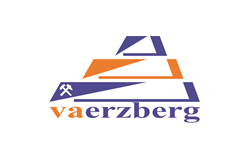
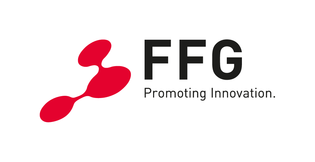
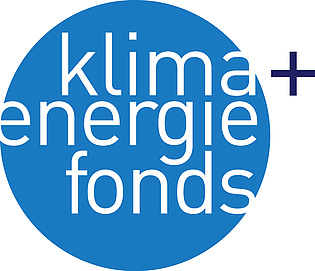
Assoc.Prof. Dipl.-Ing. Dr.techn.
- Tel.
- +43 316 873 - 7476
Georg Baldauf-Sommerbauer
Dipl.-Ing. Dr. techn. BSc
02/2014 - 07/2017
See Graz/Pure/Elsevire.
See FFG.
Back to Projects overview.
